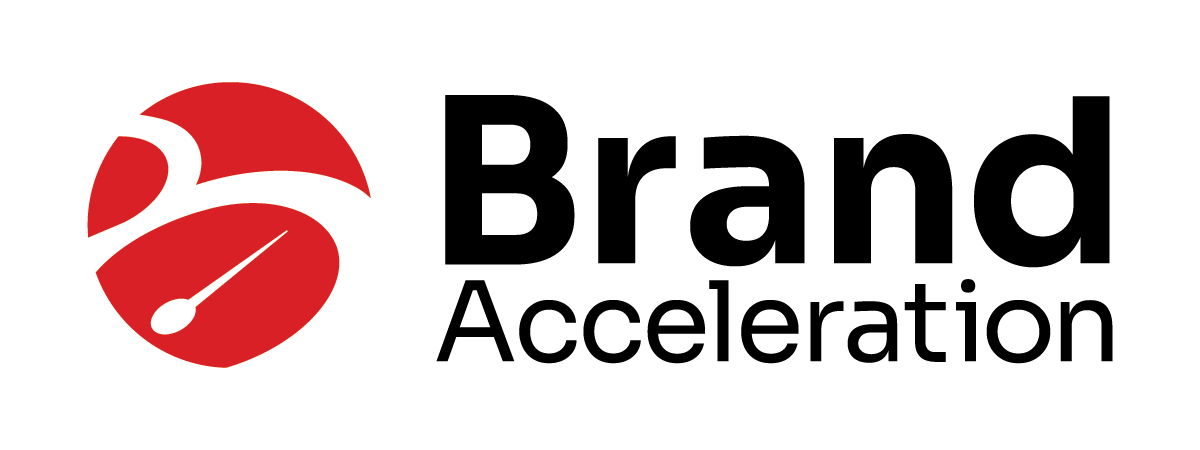Isn’t it amazing how quickly internet marketing is changing? I remember when the idea of a company or community web site was considered a bit odd, crazy or a foolish waste of money. “Are we going to get any business from this?” was a very common phrase. Kicking and screaming, some reluctantly jumped in. At this time, many companies and communities accepted the premise that as long as they had a web site, they would be validated. At the time, that philosophy was common. Sadly, many still reside at that level while opportunities pass them by.
In recent years, web site developers, including Brand Acceleration, have become much more sophisticated. Search Engine Optimization (SEO) has nearly become a requirement if a web site has any chance at all of being found and positively ranked by the likes of Google, Bing!, Yahoo and others. A vast number of sites are still not optimized or are poorly optimized. They’re simply driftwood, floating in cyber space, hoping someone will stumble across them. Not a great approach.
These days, things are changing rapidly. The introduction of Google’s Panda search ranking algorithm in February 2011 dramatically pushed poorly produced sites lower and allowed well-optimized sites and sites with social media support to rise to the top. SEO professionals are very concerned. They’re afraid that a company or community with a very effective social media or content marketing effort can actually earn higher rankings than an optimized site with no SoMe support. Wow! With this new algorithm, web sites are considered to be only one part of a complex web universe. Today, content is king.
Welcome to Web 4.0
The new web universe includes powerful tools such as Facebook, LinkedIn, Twitter, Blogs, YouTube, Vimeo, e-articles and countless other tools offering web marketers a serious opportunity to successfully connect with audiences, funneling them to their web site. If you’re not doing this and your competitors are, you’re at a significant disadvantage.
Content confusion
Marketers are trying hard to figure out what content marketing is and how to put it to work. While many push out a never-ending stream of social media posts, often just ad messages, more savvy users are mastering the art of content where quality is key. In 2012, while traditional media are struggling to remain relevant, audiences are very willing to look to web sites, blogs or other web content sources for information. In order to be deemed “relevant”, you must provide content that is educational, informative, newsworthy or entertaining.
Where marketers fit in
By providing a steady stream of quality content, audiences will see the provider as a trusted source of information not available elsewhere. Our approach is to follow the 80/20 rule where at least 80% of our content is non-promotional. Anyone exceeding this rule risks being seen as an advertiser and risks being ignored or unfriended. Bye-bye.
The payoff
By positioning yourself or your company as a reliable source of quality content, audiences are much more likely to view you and your brand with the respect and value you desire. They are also much more likely to consider your company when business opportunities arise.
More and more, my company is asked by clients to counsel them in the art of social media or content marketing. In fact, some even have us manage their effort entirely. In a very short time, we’ve moved from simply building powerful web sites to managing the vast complexities of web sites plus search engine optimization plus content marketing. The benefits can be incredible. Done right, a well thought our program can build a far deeper relationship with target audiences and clients than ever considered possible.
